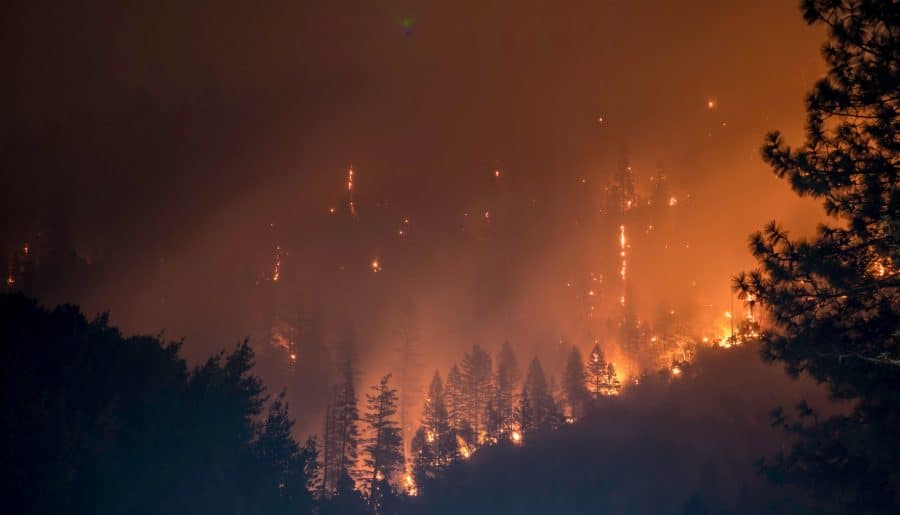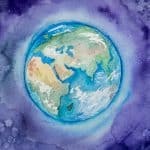As the temperature rises and intense heat waves are more frequent on hot summer days, the risk of wildfires increases.
These conditions, a combination of hot temperatures, dry vegetation, and strong winds, is a perfect recipe for wildfires to spread rapidly and uncontrollably.
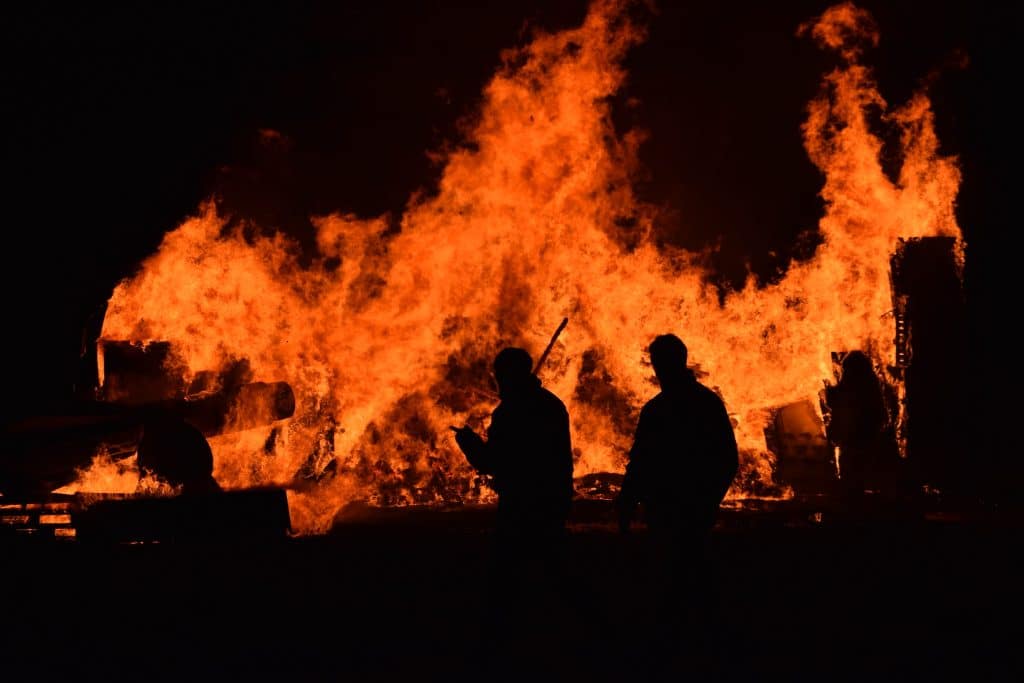
Wildfires are destructive phenomena that can devastate entire communities, causing damage to homes, businesses, wildlife, and the environment.
For example, on August 8, 2023, windswept wildfires erupted across the Hawaiian island of Maui. It caused widespread destruction, scorching homes and killing more than 100 people.
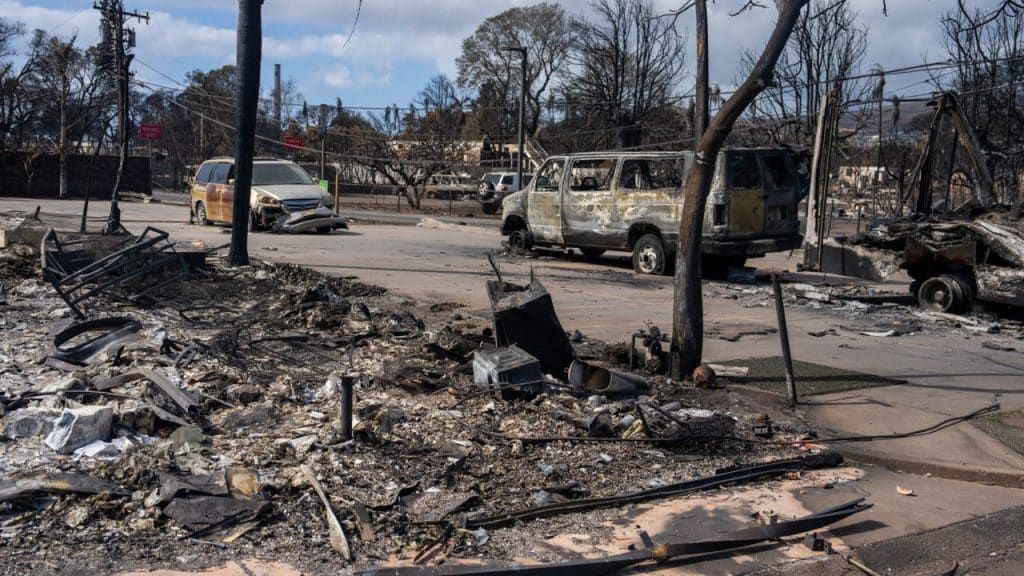
Although there’s still no definite reason for the occurrence, experts expressed that active power lines that fell in high winds might’ve ignited the wildfire. Unfortunately, this ultimately engulfed Lahaina, a coastal town in West Maui.
This is why understanding how wildfires start and spread is crucial to preventing them from occurring. Knowing these will also help people learn the proper actions to take in case it happens.
How Wildfires Start
Three main factors must be present for wildfires to start:
- Fuel
- Oxygen
- Heat
These three elements are called the fire triangle by firefighters
Fuel
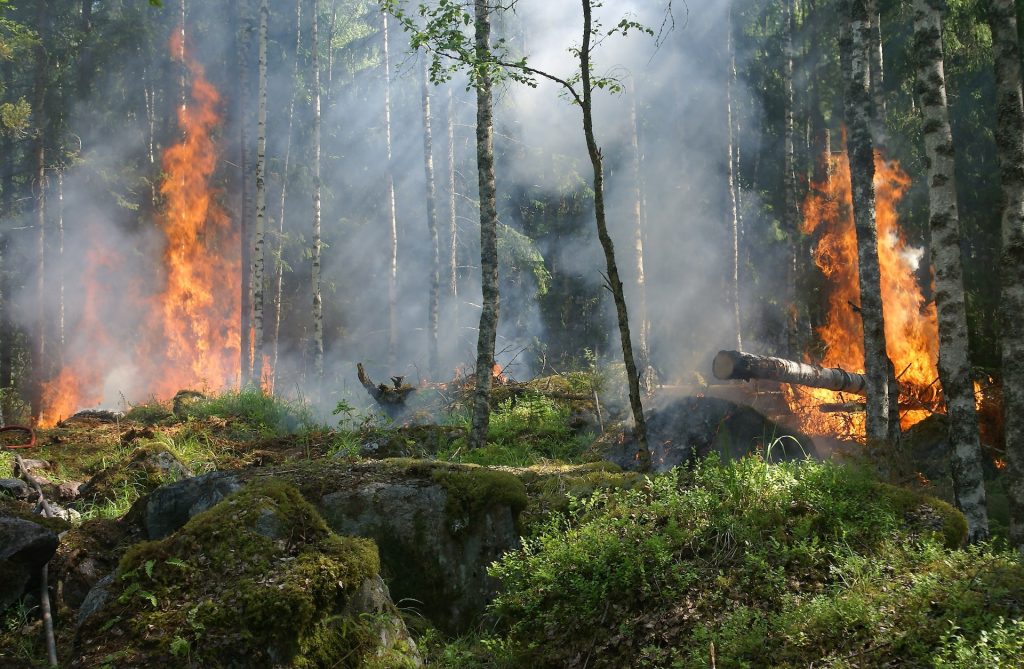
Flammable materials such as trees, grasses, branches, wood, and other organic materials can act as fuel when surrounding a fire. Even homes can act as fuel.
During the summer, dead vegetation can reach high temperatures with a sufficient heat source.
Oxygen
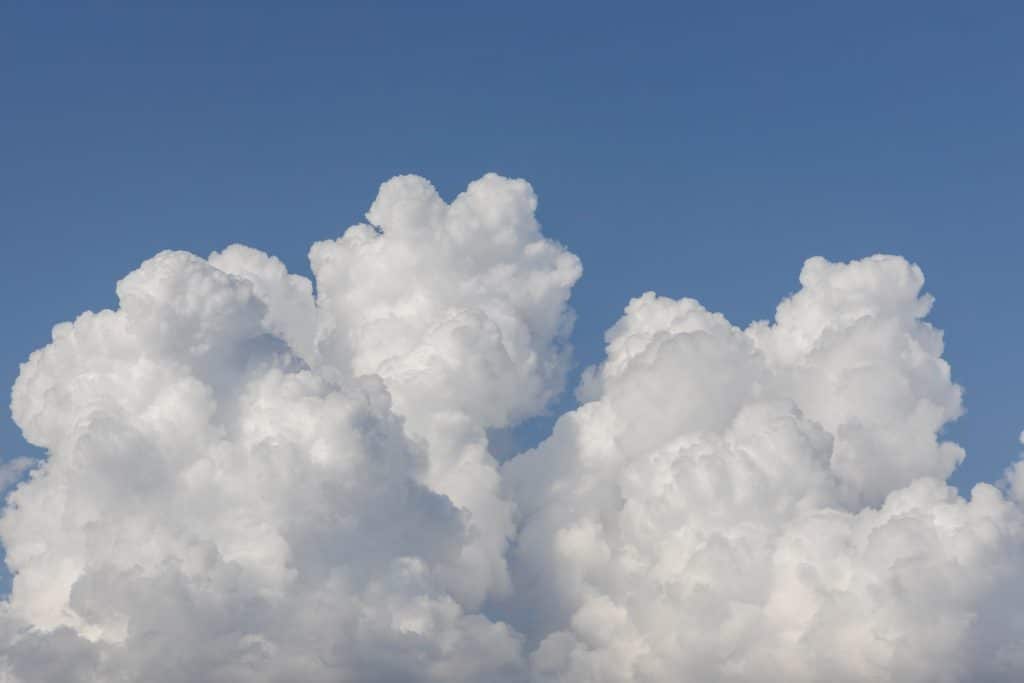
Fuel must react with oxygen from the surrounding air to burn and spread the fire. This reaction releases heat.
The air we breathe contains about 21% oxygen, which is crucial for combustion to take place. Most fires only need a minimum of 16% oxygen to burn. It can also replenish its supply by drawing in fresh air if the oxygen level dips below 16%.
Heat
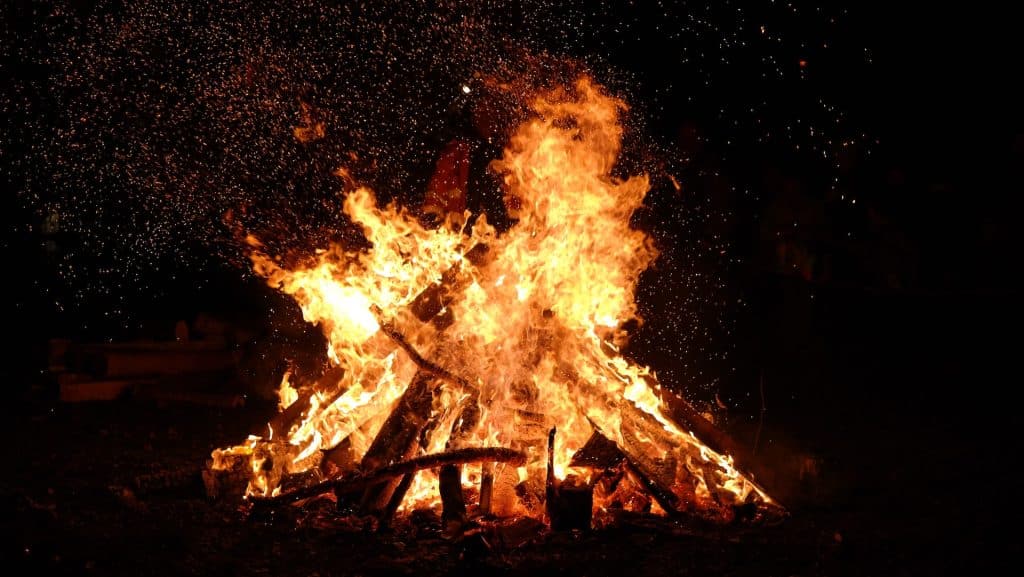
Fires can occur naturally when heat sources ignite dry vegetation, especially when temperatures are warm. Lightning strikes, spontaneous ignition, and volcanic eruptions are natural events that can also spark fires.
Unfortunately, humans can also contribute to fires through negligent behavior, such as smoking, starting campfires, fireworks, causing vehicle fires, committing arson, or causing power line damage.
How Wildfires are Stopped
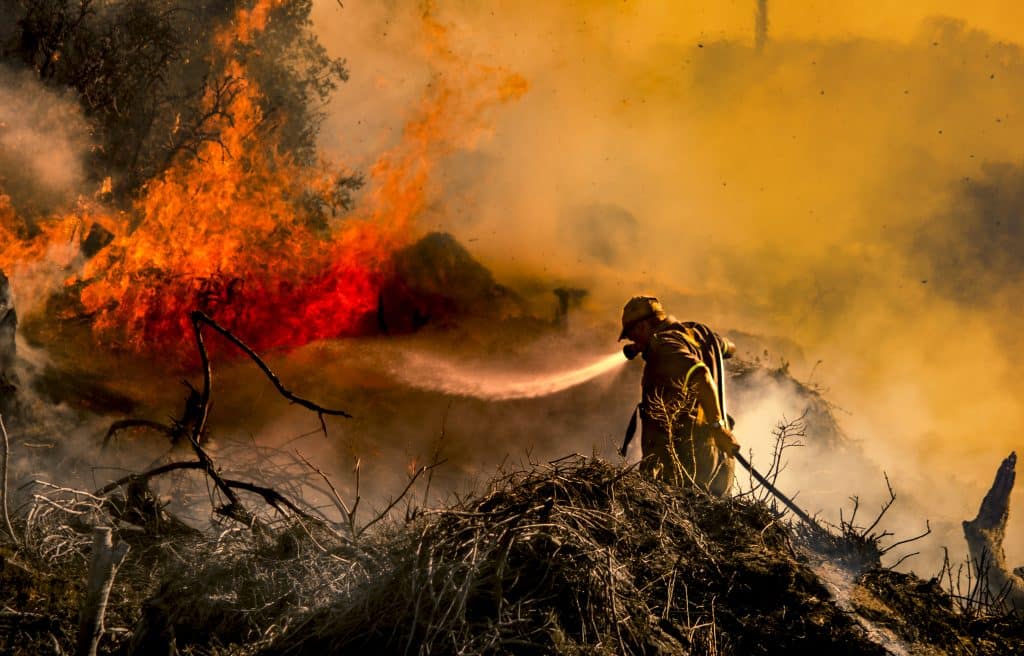
Firefighters respond to wildfires by taking away at least one of the elements needed for a fire to burn: heat, oxygen, or fuel.
One method is by applying water or spraying fire retardants on the ground using special wildland fire engines or pumps. They may also apply them by air using airplanes or helicopters.
Another approach is the hotshots method, which involves teamwork vegetation and creating firebreaks that can starve a fire of fuel. A firebreak is a gap in land or other burnable material that acts as a barrier to slow or stop the progress of a wildfire.
What to do in a Wildfire
It’s important to have an evacuation plan in mind, especially if you live in an area with a high risk of wildfires.
Having an easy to carry “Go Bag” with essential supplies packed that you or your family may need to survive for a few days in an emergency is critical.
Some items to include:
- Water – 3 bottles of water person. Water is critical for survival.
- Food – Pack food for 3 days. Non-perishable snacks and meals are best.
- Warmth/Shelter – Include an emergency blanket, rain poncho, and warm jackets.
- Medical Supplies – Have a First Aid kit with pain relievers, antibiotic gel, gloves, Band-Aids, gauze, tape, and important medications for up to a week. It is a good idea to include copies of your prescriptions. Bring extra pairs of glasses if you need them.
- Lighting – You may not have any power, so bring a flashlight with batteries or use a hand-crank one.
- Radio – A battery-powered or hand crank AM/FM radio will help you stay informed. Don’t rely on anything that requires a plug. Some extra batteries are also good ides.
- Support Supplies – These may include a whistle, work gloves, sturdy shoes, extra clothes, masks, wet wipes, tissues, and plastic bags.
- Packaging – Use a backpack, suitcase, or bucket with a handle to carry it all.
- Important Documents – Have copies of your ID, insurance cards, and important contact numbers.
- Emergency Cash – Have some cash to buy things.
- Portable Phone Charger – Your cell phone may be your lifeline, but it won’t help if it has no charge. Bring fully charged portable external phone chargers. You can even get solar powered ones.
- Comfort Items – Have something to keep you calm, like a favorite book, drawing pad, stuffed animals, note journal, etc.
If a wildfire occurs near you, call 911 immediately and wear an N95 respirator or a wet cloth to help reduce inhalation of smoke and particles.
Also, make sure to stay alert to any emergency alerts that may be broadcasted and listen to your authorities. Since power may be cut, having a flashlight and a battery powered, or hand crank powered radio is important.
Tips to Prevent Wildfires
Taking additional measures to protect your property from the risk of wildfires is important. One way to do this is by removing any vegetation, weeds, or combustible materials from your property, particularly around your home.
